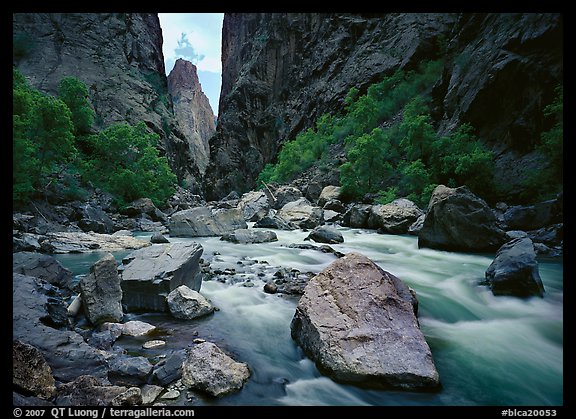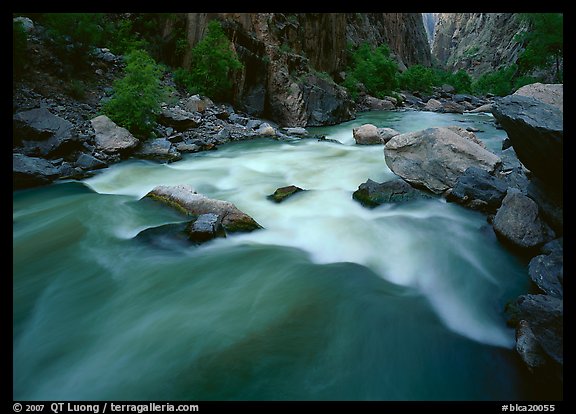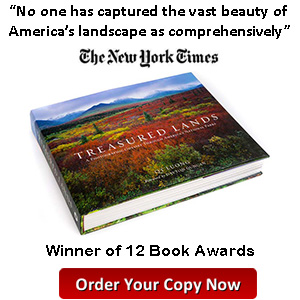
I had first noticed Michael Frye (see his photographs
here) for his pioneering light painting
nature photographs. I then greatly appreciated his excellent book
The Photographer’s Guide to Yosemite (2000). The only thing I wished was
that it been available a decade earlier. Priced at a bargain $9.95,
the book, published by the
Yosemite Association, comes in a handy 5×7 pocket size. In it, Michael
gives more precise, useful, and insightful
information than I have seen in any other photographic location guide – not only
Yosemite guides, all guides. For instance, beyond the time of day and
season, he pays attention to
details rarely mentioned, such as the variation of the sun angle at
a given location during the course of the year. Besides describing
36 different sites in Yosemite, the book includes maps, a calendar of
seasonal highlights, and a number of
technical tips for photographing specific subjects such as waterfalls.
That’s the work of
someone who clearly understands his subject inside and out, and knows
how to share it.
Given those qualities, I was delighted to have the opportunity to read
his two latest instructional texts, which turned out to be quite different and complementary.
***
Digital Landscape Photography: In The Footsteps Of Ansel Adams and the
Great Masters (2010)
is a 160 page, easily transportable (9×8) paperback book published by Focal
Press. It surveys the whole process of
landscape photography, from capture to printing. Besides functioning
as an instructional text, it provides plenty of inspiration,
including many of Michael’s beautiful images, some reproduced full
page, as well as a couple images from the masters.
Right from the first chapter, that addresses a number of technical topics including
digital image quality, sharpness, filters, it is clear that the text
is aimed at the intermediate photographer, who understands how to use
the manual mode, but hasn’t mastered capture techniques yet.
This book’s “twist”, the way it distinguishes itself from the multitude of other
instructional digital photography books, is trying to show
what can be learned from the Ansel Adams working process and how these
lessons can be used with digital photography.
In the later part of the first chapter, the explanation of metering is tied to the Zone
System, making a connection between the histogram and this venerable technique. While I think this has the merit of leading to a greater
appreciation of the master’s works, as well as provide a new
viewpoint, I am not sure the comparison would
be enlightening for someone without experience in traditional
photography – probably not the main target of the book.
The second chapter of the book is devoted to light and
composition tips. It evokes the masters mostly by quoting their words, while looking at
great selection of Michael’s images
which are always relevant to the discussion. Since most of his work has been done in Yosemite,
the quintessential Ansel Adams stomping grounds, those familiar with
the master will recognize the clear influence on his style,
even though his images are captured digitally and in color.
The third chapter deals with the digital darkroom.
Again, this is not a primer, but instead those who already know how
to use Photoshop will benefit from examples of how Michael uses it to apply some
of the masters techniques. Without getting bogged down in technical
details or tons of screen shots, he demonstrates simply the steps in solving
some common problems, such as low and high contrast. I know many
photographers friends who would benefit from the exposure
blending explanation. Although I am a
fairly sophisticated Photoshop user, I still learned one new technique
for editable retouching.
The text is concise and
information-dense. Michael doesn’t waste one’s time.
Like Ansel Adams, he can deliver his insight with few words.
While, due to its length,
Digital Landscape Photography: In The Footsteps Of Ansel Adams and the
Great Masters
cannot go into depth about its topics, it succeeds at providing
a good overview of the process of landscape photography as a
whole. I liked the design and format of the book, which breaks the
text in small segments, making it a quick and enjoyable read with great photographic images illustrating the
text. I wouldn’t hesitate to recommend it to any student of landscape
photography.
***
Light and
Land, Landscapes in the Digital Darkroom (2010), Michael’s latest effort,
is a e-book, which
can be downloaded as a PDF file from the popular Craft and Vision site of
editor David duChemin, for a very affordable price of $5.
This e-book concentrates exclusively on the digital processing of landscape
images using Lightroom 3. During my trans-Pacific flight from Asia,
I found it particularly pleasant to read on the iPad. It was easy to
zoom in image details which would have been more difficult to see in print.
Although a relatively short 36 pages, the e-book is a principled text
rather than just a collection of tips. I see it as two books
intertwined into one.
Part of the e-book seeks to explain the vision and thought process behind
processing decisions, how to best express the “emotional and aesthetic
ideas” that motivated you to take the picture in the first place. This
is taught by examples using five images that chosen to
encompass a great range of typical nature imagery, both grand and
intimate, color and b&w. Although the workflow remains the same, each
image requires different things to “squeeze every ounce of beauty,
emotion and inspiration”. I greatly enjoyed being able to watch over
another professional nature photographer shoulder as he openly shares
his decisions on how to process images. I think other seasoned
photographers would as well.
Part of the e-book provides a useful tutorial to RAW processing with
Lightroom 3. Although short, its introduction makes two interesting
points which changed the way I approach Lightroom:
the use of the new point curve tool instead of touching multiple adjustment
sliders, and the departure from the default settings. The examples are
well illustrated, with screen captures showing panel settings
and reproducing images at each of the different steps in processing.
Since I personally do the bulk of my processing in Photoshop,
the e-book enlightened me to the range of possibilities offered by
the latest version of Lightroom.
The e-book is a perfect continuation of the previous book, since it
provides a complete step-by-step description of the processing (both
from a aesthetic and technical point of view) for
specific images, while the book showed techniques separately. The fact
that it illustrates its point with a different software (Lightroom
instead of Photoshop) is an added plus.
In Light and
Land, Landscapes in the Digital Darkroom, Michael has
achieved a tour de force, writing a no-nonsense, information-packed text that provides
a perfect mix of vision and technique, inspiration and instruction,
and should provide something for landscape photographers of all levels.



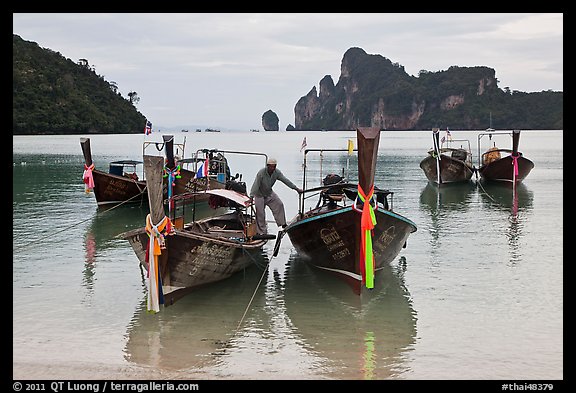
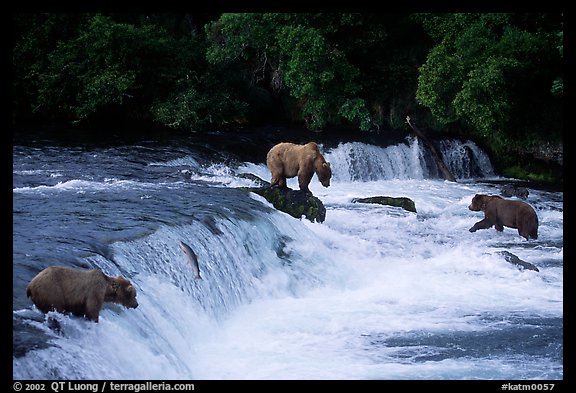
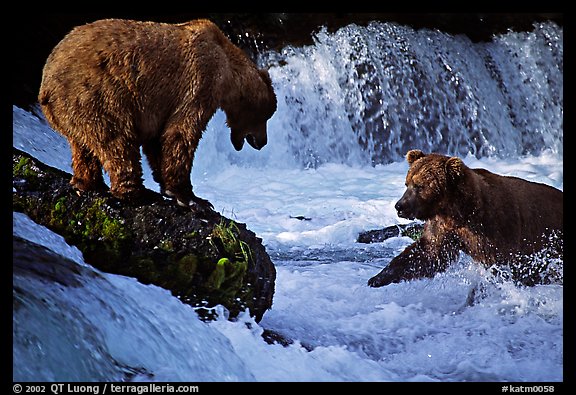

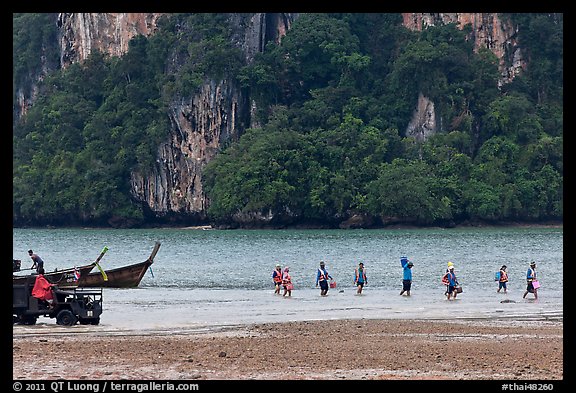

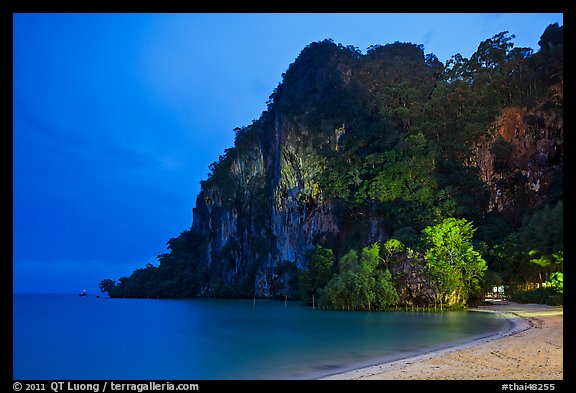
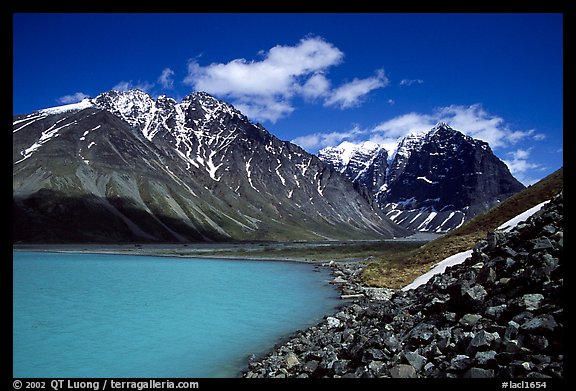

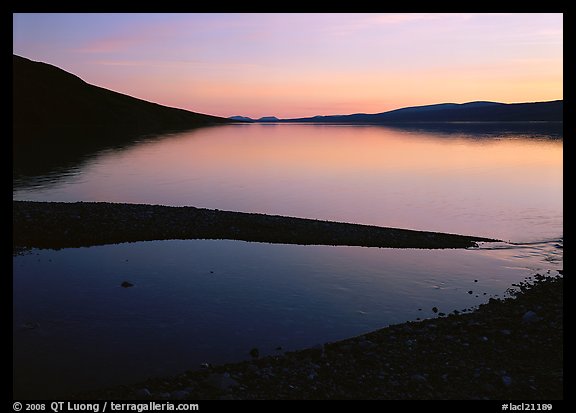
 I had first noticed Michael Frye (see his photographs
I had first noticed Michael Frye (see his photographs 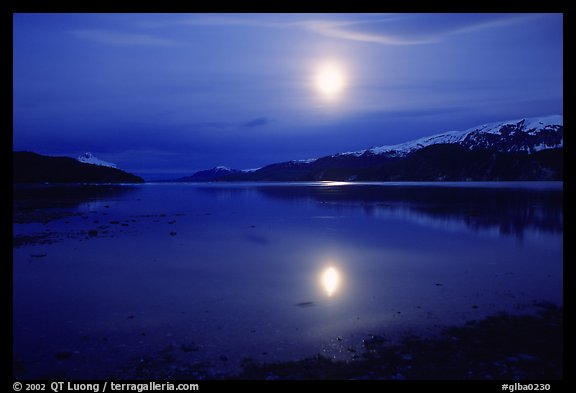
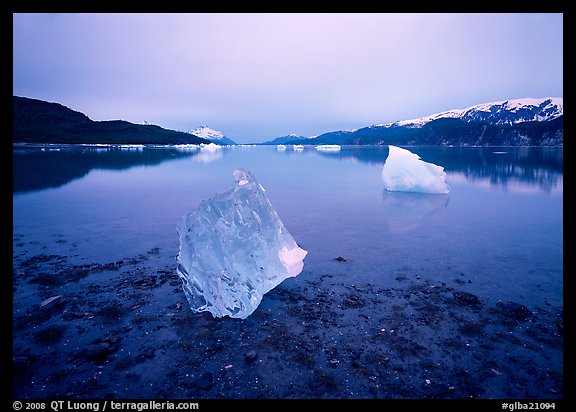
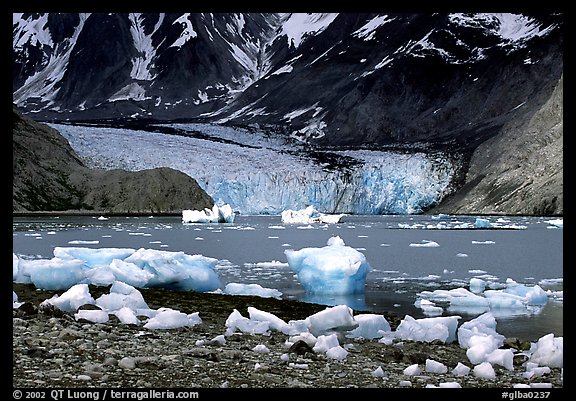
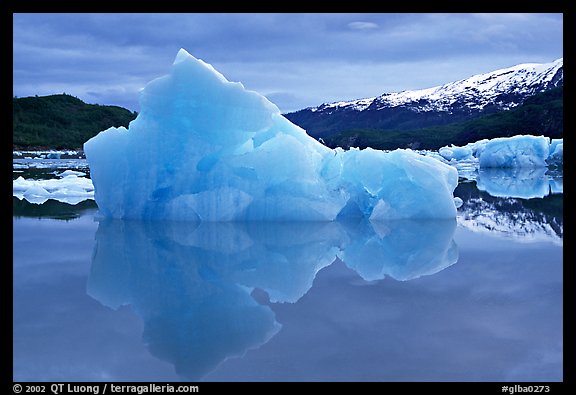
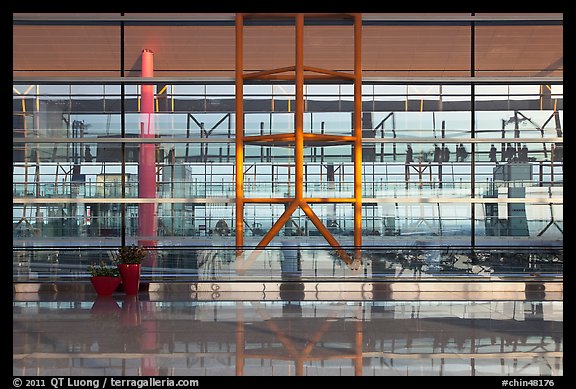
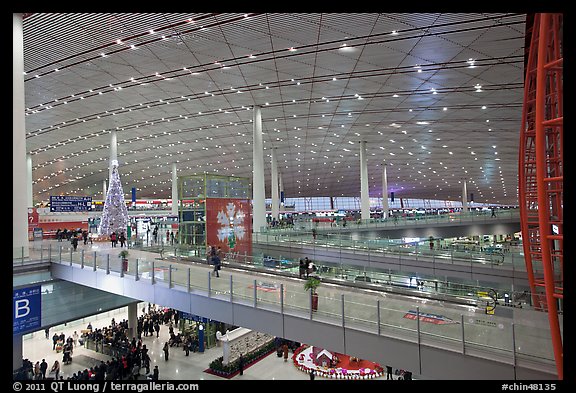
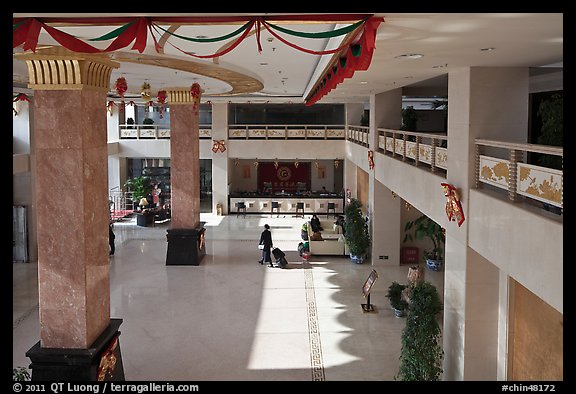



 To make an already long story short, as you can see on this page of
To make an already long story short, as you can see on this page of 